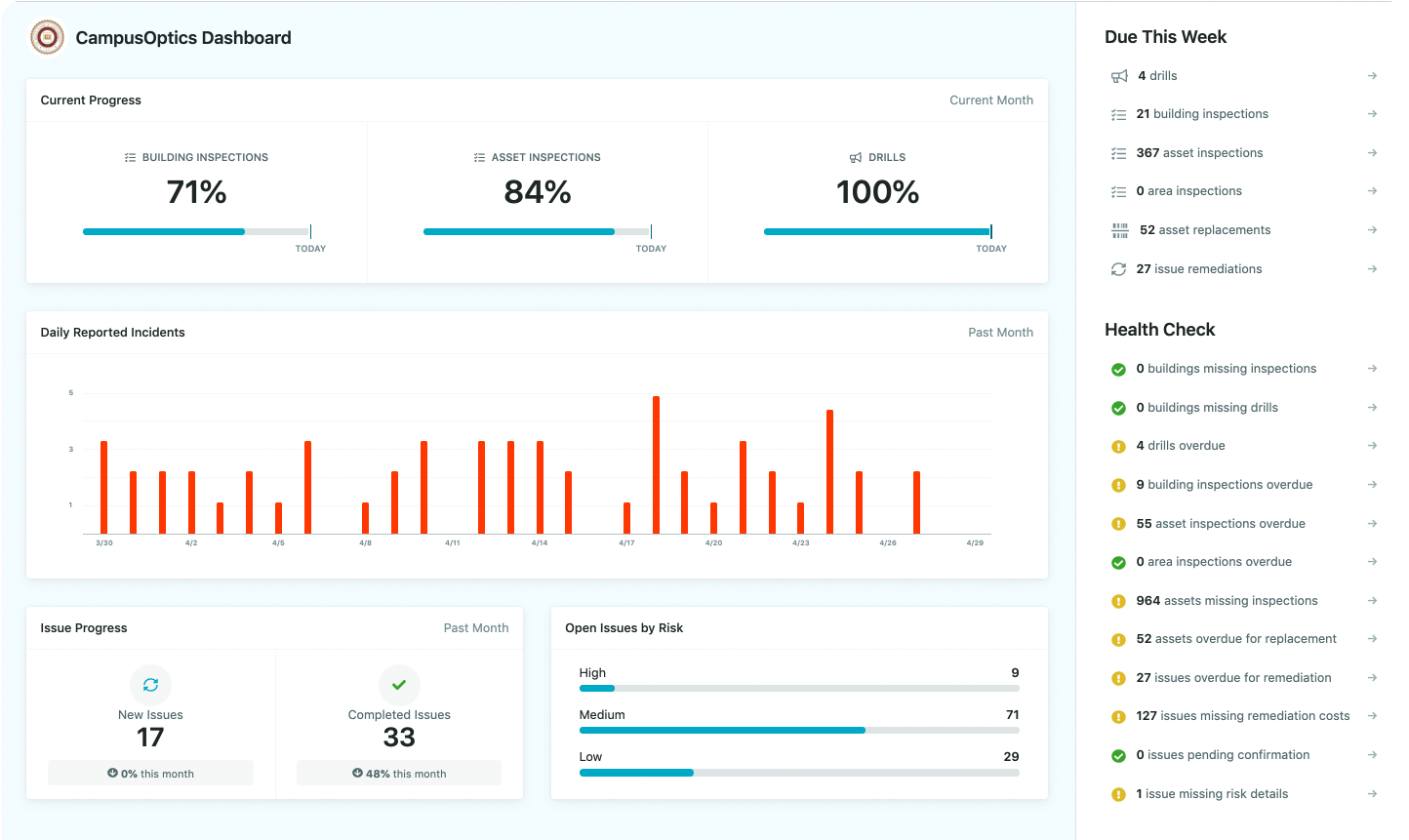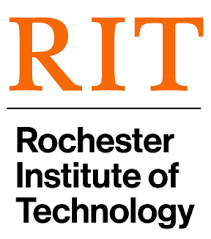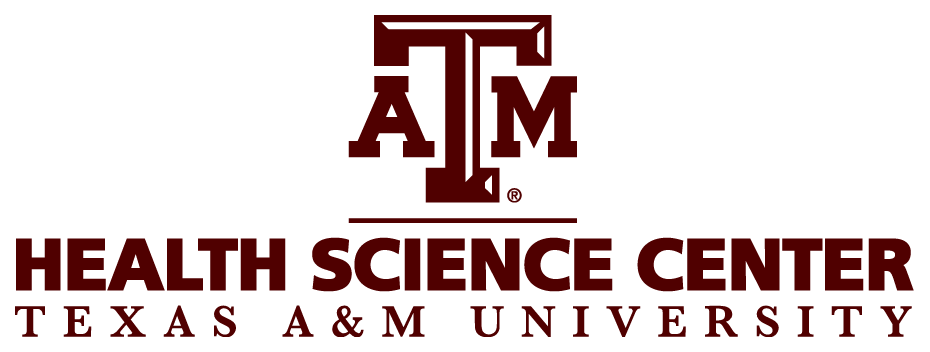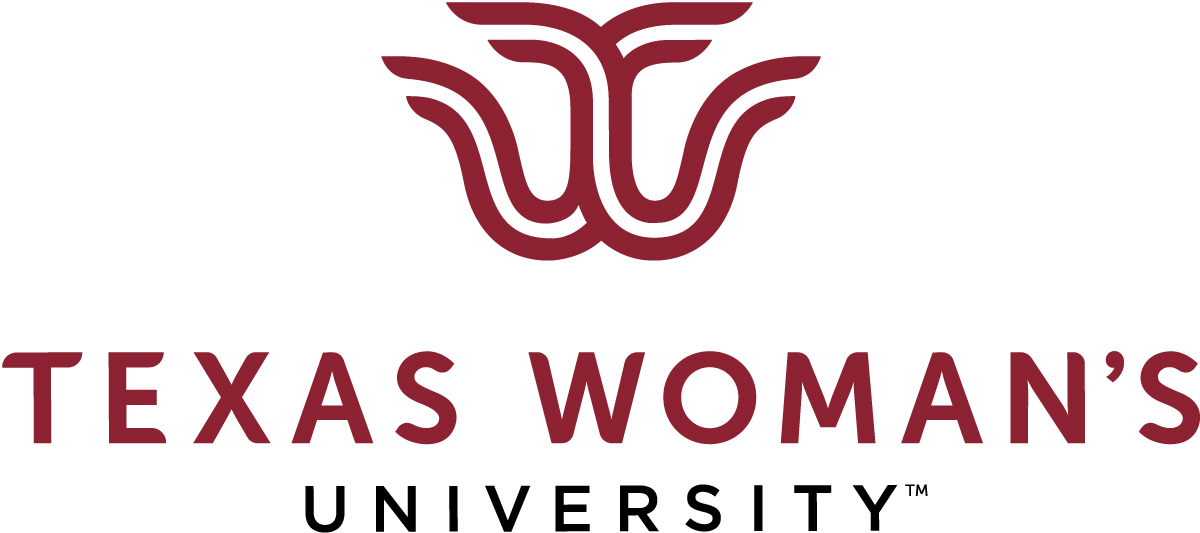Environment, Health, and Safety (EHS) is a multidisciplinary framework that integrates practices to protect the environment, ensure employee well-being, and maintain workplace safety. It serves as a structured approach for organizations to manage risks, comply with regulations, and foster sustainable operations. This article provides a detailed examination of EHS, its components, implementation strategies, and technological tools, drawing from authoritative sources to deliver a clear and actionable understanding of the discipline.
Defining EHS: Core Components and Objectives
EHS encompasses three interconnected pillars: environmental protection, occupational health, and workplace safety. Each pillar addresses specific risks and responsibilities, collectively ensuring that organizations operate without causing harm to people or the planet.
Environmental Protection
The environmental component of EHS focuses on minimizing the ecological impact of organizational activities. This includes managing waste, controlling air and water pollution, and conserving natural resources. Organizations implement measures to comply with environmental regulations, such as those set by the Environmental Protection Agency (EPA) or international standards like ISO 14001. Effective environmental management reduces pollution, promotes resource efficiency, and aligns with global sustainability goals.
Occupational Health
The health aspect of EHS prioritizes the physical and mental well-being of employees. It involves identifying and mitigating workplace hazards that could lead to illnesses or injuries, such as exposure to harmful chemicals or ergonomic risks. Health programs include regular screenings, wellness initiatives, and measures to maintain air quality, ensuring employees remain productive and safe in their work environment.
Workplace Safety
Safety within EHS aims to prevent accidents and injuries by establishing protocols for hazard identification, risk assessment, and emergency preparedness. This includes providing personal protective equipment (PPE), conducting safety training, and implementing procedures to address workplace-specific risks, such as machinery hazards or fall risks in construction settings. A robust safety program reduces incidents and fosters a secure working environment.
The Evolution of EHS: Historical Context
The development of EHS as a formal discipline emerged from the need to address industrial risks and environmental concerns. Significant incidents, such as chemical disasters in the 1980s, prompted industries to establish structured EHS programs. These events highlighted the consequences of inadequate risk management, leading to the creation of global standards and regulations. Over time, EHS has evolved from a reactive compliance measure to a proactive strategy integral to organizational operations and sustainability efforts.
Why EHS Matters to Organizations
EHS is a critical component of modern business operations, extending beyond regulatory compliance to deliver measurable benefits. Its importance lies in its ability to mitigate risks, enhance operational efficiency, and support long-term organizational resilience.
Regulatory Compliance and Risk Management
Adherence to EHS regulations, such as those enforced by OSHA or the EPA, helps organizations avoid penalties and legal liabilities. Compliance involves regular audits, documentation, and adherence to standards like ISO 45001 for safety and ISO 14001 for environmental management. By proactively addressing risks, organizations minimize the likelihood of costly incidents, such as chemical spills or workplace accidents.
Employee Well-Being and Productivity
EHS programs prioritize employee health and safety, directly impacting morale and productivity. For example, ergonomic assessments reduce repetitive strain injuries, while mental health initiatives address workplace stress. A safe and healthy workforce is more engaged, leading to lower turnover and higher operational efficiency.
Environmental Responsibility
EHS supports organizations in reducing their environmental footprint through proper, well documented waste management procedures, emission controls, and sustainable resource use. These efforts align with corporate sustainability goals and contribute to broader environmental objectives, such as reducing greenhouse gas emissions and protecting ecosystems.
Operational Resilience
By identifying and addressing risks early, EHS programs prevent disruptions that could halt operations.. A resilient organization is better equipped to handle unexpected events, maintaining continuity and protecting its reputation.
CampusOptics: Empowering EHS in Higher Education
At CampusOptics, we know that Environment, Health, and Safety (EHS) isn’t just about ticking boxes; it’s about building a campus where everyone feels secure and prepared. We’ve designed our platform specifically for higher education institutions, drawing on years of watching how safety teams really work – or struggle – in fast-paced academic environments. Our cross-functional EHS tool brings together environmental monitoring, occupational health initiatives, and safety protocols into one seamless system, helping professionals collaborate more effectively, spot risks before they escalate, and cultivate a culture where safety feels like second nature rather than an afterthought.
What sets us apart is how we make EHS accessible wherever you are. Our mobile app for iOS and Android lets you scan barcodes on chemical containers, snap photos of potential hazards during inspections, or even dictate notes on the fly using talk-to-text – all while pulling up critical docs like Safety Data Sheets or emergency plans right from your phone. We also map out everything from AED locations to incident hotspots across campus, turning raw data into visual insights that inform decisions and even create public-facing guides for students and staff. With unlimited users, customizable permissions, and quick SSO setup, we ensure the right people get the right info without the usual access headaches. It’s our way of supporting EHS not as a standalone chore, but as a vital thread woven into the daily rhythm of campus life.
Implementing EHS: Strategies and Best Practices
Effective EHS implementation requires a structured approach that integrates policies, training, and collaboration across organizational functions. The following sections outline key strategies for building a robust EHS program.
Developing EHS Policies and Procedures
EHS programs begin with tailored policies that address workplace-specific risks. These policies outline procedures for hazard identification, risk mitigation, and compliance with regulations. For example, a manufacturing facility might establish protocols for handling hazardous materials, while an office environment might focus on ergonomic guidelines.
Employee Training and Engagement
Training is a cornerstone of EHS, equipping employees with the knowledge to recognize hazards and respond to emergencies. Regular training sessions cover topics such as PPE usage, emergency evacuation procedures, and safe work practices. Engaging employees in safety initiatives, such as reporting near-misses, fosters a culture of accountability and continuous improvement.
Cross-Departmental Collaboration
EHS success depends on collaboration across departments. Operations teams implement safety controls, human resources manage training and wellness programs, and IT supports EHS software deployment. Executive leadership plays a critical role by allocating resources and prioritizing a safety-first culture. This integrated approach ensures EHS is embedded into daily operations.
Continuous Improvement and Safety Culture
A proactive EHS program relies on frameworks like Plan-Do-Check-Act (PDCA) to drive continuous improvement. Regular safety audits, incident reviews, and employee feedback help identify areas for enhancement. Encouraging open communication and recognizing safe behaviors reinforce a culture where safety is a shared responsibility.
EHS Standards and Regulatory Frameworks
EHS programs are guided by a range of standards and regulations that ensure compliance and promote best practices. These frameworks provide a foundation for managing risks and maintaining operational integrity.
Key EHS Standards
- OSHA Regulations (CFR 29): In the United States, OSHA sets standards for workplace safety, covering areas such as hazard communication and PPE requirements.
- EPA Regulations (CFR 40): The EPA regulates environmental impacts, including air emissions, waste management, and hazardous material handling.
- ISO 14001: This international standard provides guidelines for environmental management systems, emphasizing sustainability and regulatory compliance.
- ISO 45001: Focused on occupational health and safety, this standard outlines requirements for reducing workplace risks and improving employee safety.
Importance of Compliance
Compliance with these standards reduces exposure to hazards, ensures legal adherence, and supports sustainability initiatives. Organizations that align with these frameworks are better positioned to avoid fines, enhance safety, and demonstrate accountability to stakeholders.
The Role of EHS Software in Streamlining Compliance
EHS software has become an essential tool for managing complex compliance requirements and improving safety outcomes. These digital platforms centralize data, automate processes, and provide real-time insights into EHS performance.
Core Features of EHS Software
EHS software offers a range of functionalities designed to simplify compliance and enhance risk management:
- Incident Reporting and Tracking: Allows organizations to log incidents, near-misses, and corrective actions, enabling trend analysis and prevention strategies.
- Compliance Management: Tracks regulatory requirements, permits, and deadlines, ensuring adherence to standards like OSHA and ISO.
- Risk Assessment Tools: Facilitates hazard identification and the implementation of preventive measures.
- Audit and Inspection Management: Streamlines scheduling, documentation, and follow-up for safety audits and inspections.
- Training Management: Manages employee training records and certifications, ensuring compliance with safety protocols.
Benefits of EHS Software
EHS software reduces manual effort, improves data accuracy, and enhances organizational accountability. Real-time dashboards provide visibility into compliance status, while automated alerts help address issues promptly. Mobile applications enable field workers to report incidents on-site, improving response times and data collection.
Challenges in EHS Implementation
Implementing EHS programs can present challenges, including resource constraints, resistance to change, and complex regulatory requirements. Smaller organizations may struggle with the costs of compliance, while larger ones face difficulties coordinating across multiple sites. Overcoming these challenges requires leadership commitment, employee engagement, and the adoption of technology to streamline processes.
The Future of EHS: Trends and Innovations
The EHS landscape is evolving, driven by advancements in technology and growing emphasis on sustainability. Emerging trends include the use of artificial intelligence for predictive risk analysis, virtual reality for immersive safety training, and enhanced ESG (Environmental, Social, and Governance) reporting. These innovations enable organizations to anticipate risks, improve training effectiveness, and align with global sustainability goals.
Conclusion
Environment, Health, and Safety (EHS) is a critical framework that enables organizations to protect the environment, ensure employee well-being, and maintain safe workplaces. By integrating environmental management, occupational health, and safety protocols, EHS addresses risks, ensures regulatory compliance, and supports sustainability goals. The adoption of EHS software and frameworks like QHSE further enhances efficiency and accountability, allowing organizations to streamline processes and respond proactively to challenges. As regulatory pressures and stakeholder expectations grow, a robust EHS program is essential for operational resilience, legal compliance, and long-term success. By prioritizing EHS, organizations demonstrate a commitment to responsible practices that benefit employees, communities, and the planet.
Frequently Asked Questions
What does EHS stand for?
EHS stands for Environment, Health, and Safety, a framework focused on protecting the environment, ensuring employee well-being, and maintaining workplace safety.
How does EHS differ from HSE or SHE?
EHS, HSE, and SHE refer to the same discipline, with variations in acronym order reflecting regional preferences (e.g., EHS in the US, HSE in Europe). The core focus remains environmental protection, health, and safety.
Why is EHS important for businesses?
EHS ensures regulatory compliance, reduces workplace incidents, enhances employee productivity, and supports environmental sustainability, contributing to operational resilience and reputation.
What role does EHS software play?
EHS software streamlines compliance, incident reporting, and risk management by centralizing data, automating processes, and providing real-time insights into safety and environmental performance.
What are key EHS standards?
Key standards include OSHA regulations (CFR 29), EPA regulations (CFR 40), ISO 14001 for environmental management, and ISO 45001 for occupational health and safety.
How does QHSE differ from EHS?
QHSE includes quality management alongside environment, health, and safety, integrating ISO 9001 principles to ensure consistency and operational excellence.
How can organizations foster an EHS culture?
Organizations can foster an EHS culture through regular training, open communication, hazard reporting, and leadership commitment to prioritizing safety and sustainability.










































































